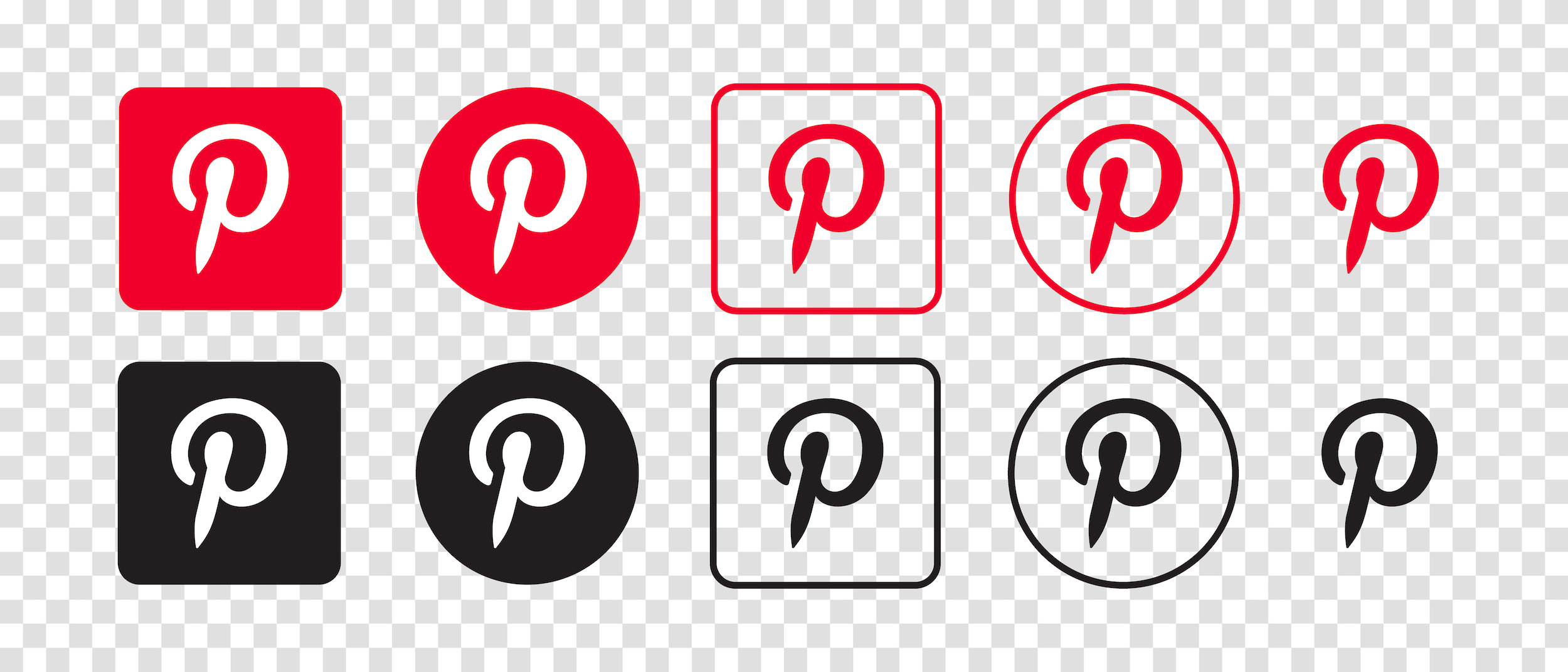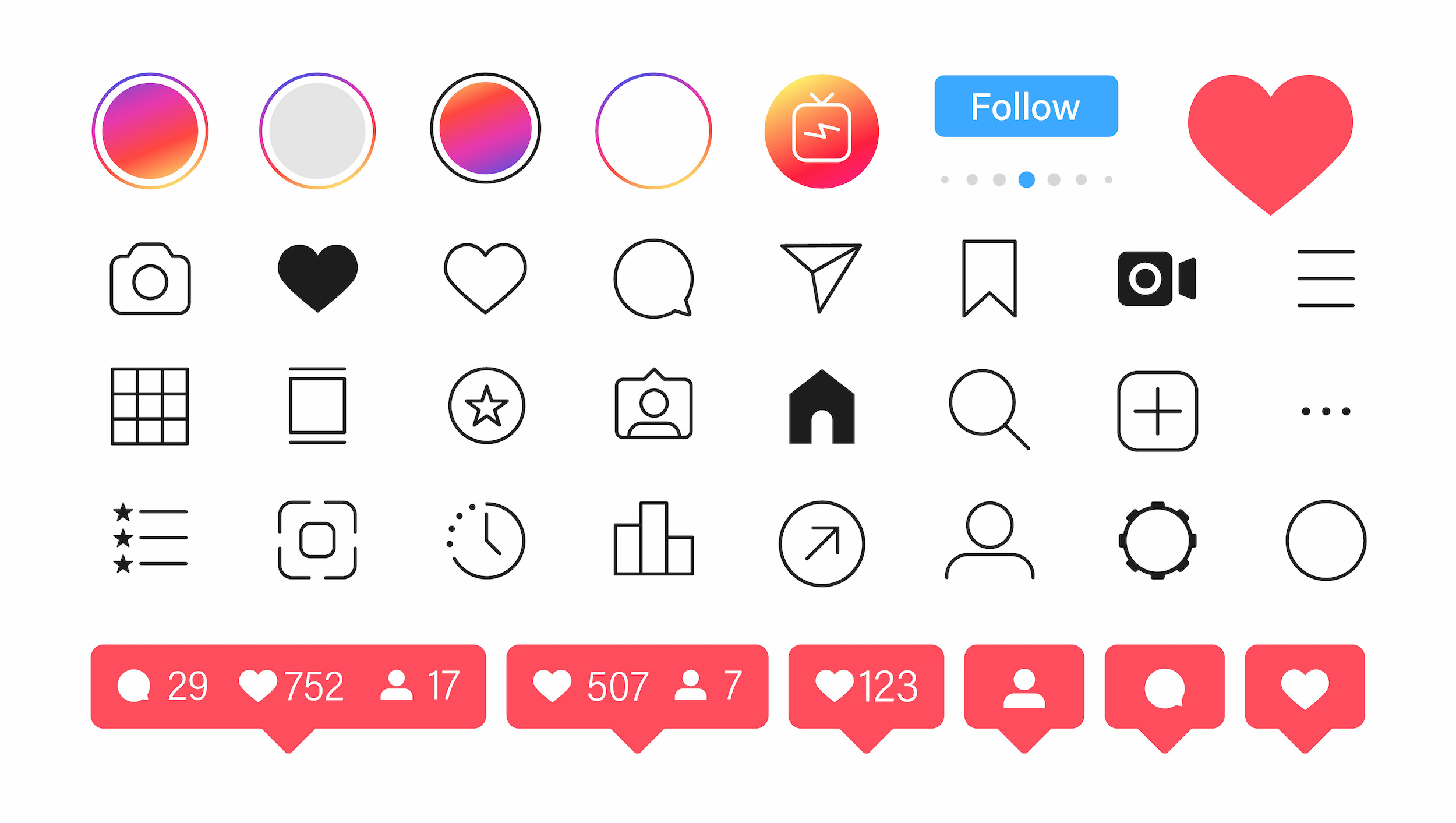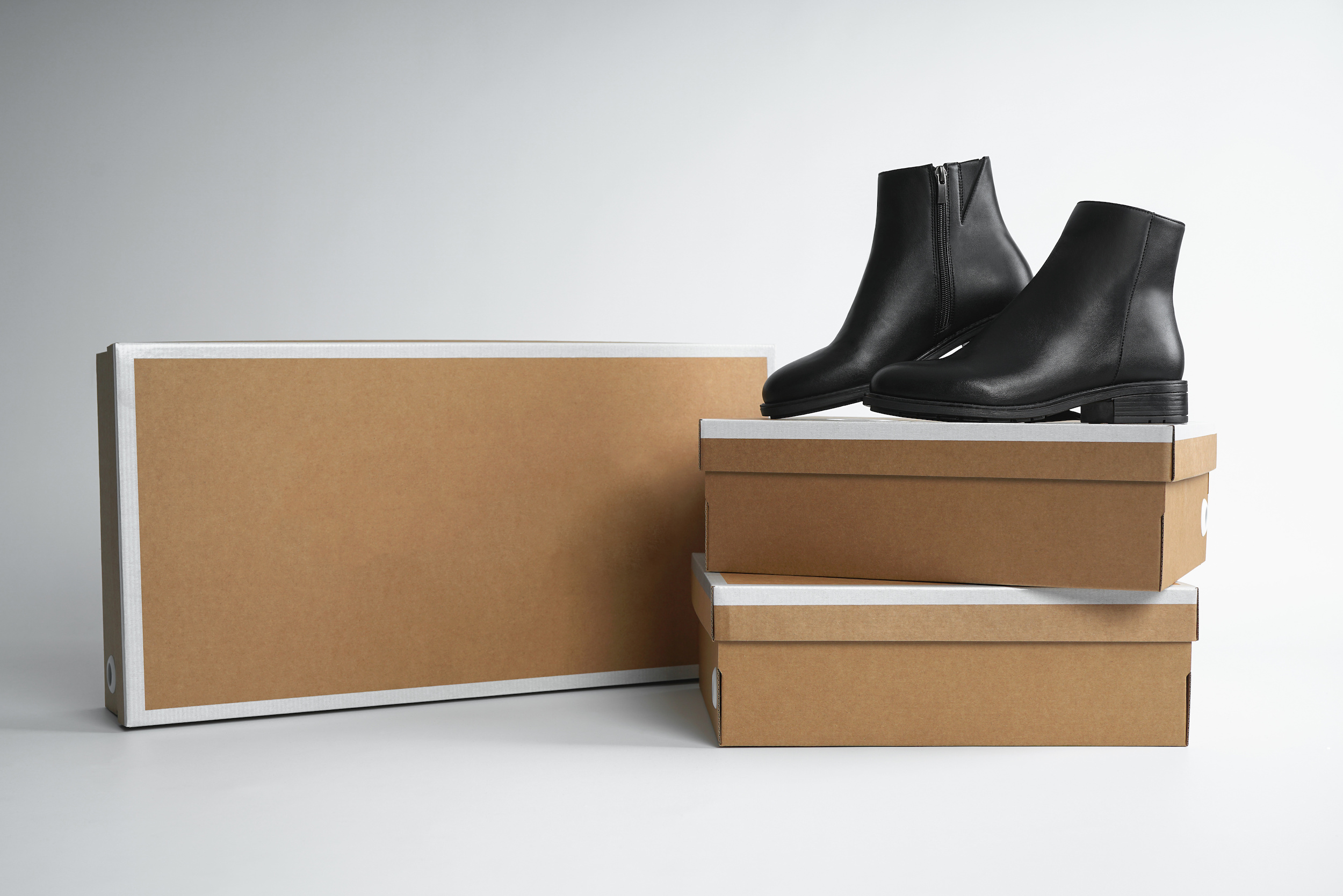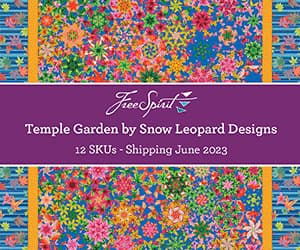
2021 was the year of social media, and we know keeping up with all of your options isn’t easy. Read on for everything you need to know to about Pinterest and if it’s a fit for your shop.
Pinterest lingo
The first thing to know about Pinterest is that it isn’t social media (just like Google isn’t social meda). But unlike Google, a quilter will search on Google when she knows what she wants, and alternatively, she will search on Pinterest when she’s searching for inspiration.
Pinterest is largely visual. Pinners can choose a topic they’re interested in, and Pinterest determines what appears in their feed. Below is Pinterest-specific jargon:
- Feed: Collection of images based on user’s searches, pins collected, or term entered.
- Search: Displays images on specific subjects based on terms entered in the search box.
- Boards: Collections of pins arranged by subject matter and found on the user’s profile page.
- Pins: Individual images saved on boards.
- Pinners: Users who save pins.
Pinners create accounts to search for content that interests them and save pins to boards they create. Boards are typically arranged by subject (ie knitting, quilting, cooking, etc). Think of it as a virtual bulletin board.
Pinners can also save images from websites, so be sure to add a save button to your site so users can pin it.
Content, views, and benefits
A great time to make a pin is when you have something new in your store. The goal is for users to be inspired by your pins, click on them, and then shop your store in-person or online.
The more that people view your pins and save them, the more Pinterest will show those pins to even more users. Many factors go into this including the quality of the pin, the interests of the pinner, and how relevant your pin is to the search.
Last but not least, what is the benefit? Pins are essentially evergreen content that works for you around the clock.
Stay tuned; next week we’ll cover Pinterest best practices and how to create a boards.
Inspiration for this post came from “Are you Pinterested in Increased Sales?” by Kate Colleran, Joanne Hillestad, and Kris Poor published in the December 2021 issue of American Quilt Retailer.
If you’re looking for more information to guide you in owning a retail business, subscribe to American Quilt Retailer today. Already a subscriber? No worries—join our Facebook group for insights and dialogue from industry specialists like you. And don’t forget, you can always purchase single issues if you prefer that instead.






